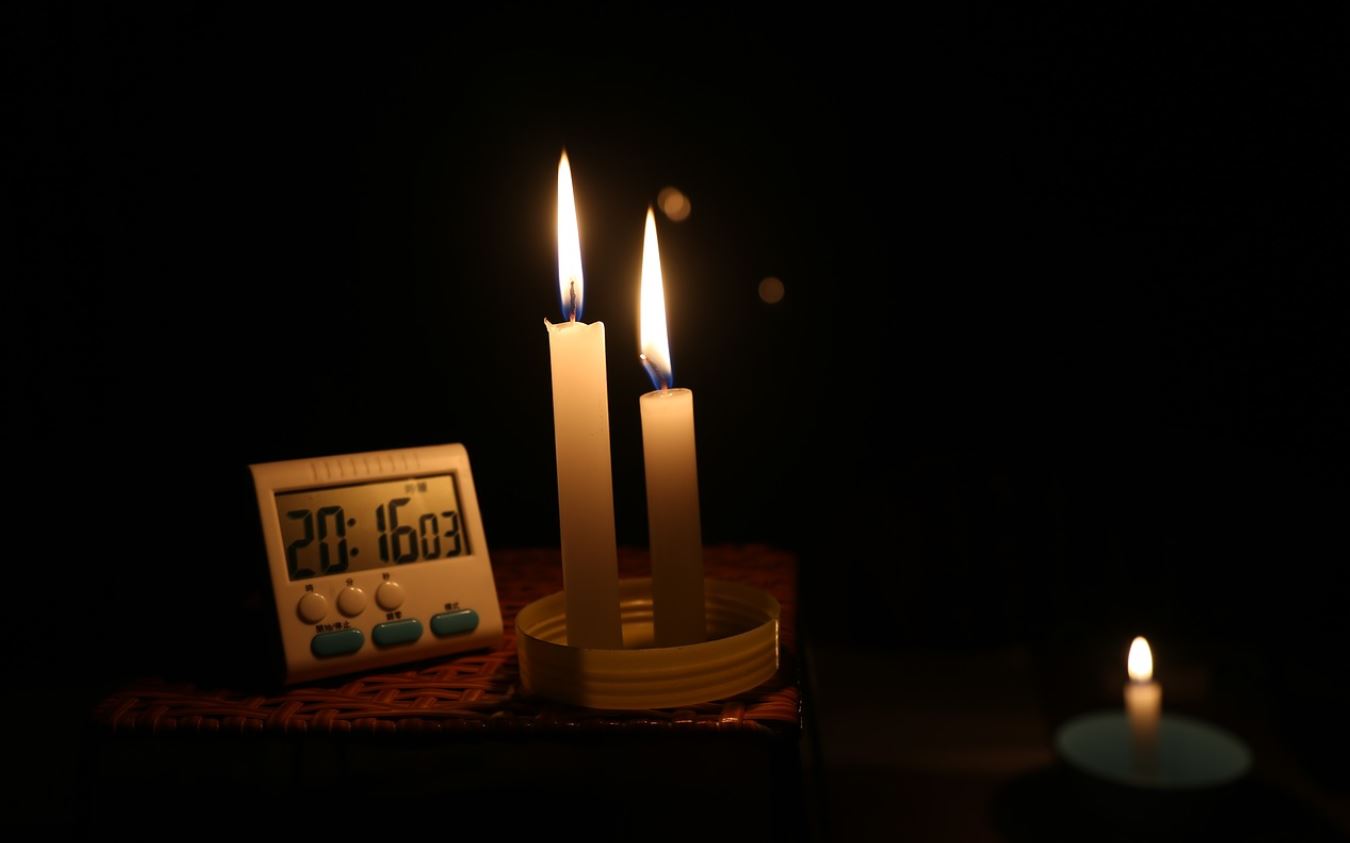Whether you are a Floridian gearing up for one of the many hurricanes bearing down on the Southern cities of the United States or a contractor building homes in a remote stretch of the Malaysian jungle, you know the importance of power. Electricity is the lifeblood of our society. Surprisingly, humans have known of electricity for thousands of years but have only come to harness its awesome potential in the last 200.
Electrical current powers our lights, heating or air conditioning units, refrigerators, and countless other essential tools that sustain our modern way of life. And this trouble is compounded by the increasingly dangerous threat of natural disasters. Hospitals, nursing homes, and other care facilities that maintain the lives and dignity of terminal and a varying degree of other ill patients rely on innumerable monitors, pumps, tubes, and automated systems to keep patients alive and well. These facilities are relying more and more on backup generators to maintain continuity of service to these critically important electrical units. The truth is that our power grid is ill-equipped to handle the added stress of hurricane or flood events on their infrastructure. Rising waters or high winds can damage transformer stations or knock down power lines, darkening entire blocks in the process. Residential use of backup power has surged over the past decade in response, allowing for expansive comfort in the face of what have become routine disturbances for those lucky enough to reside in lower risk areas.
However, commercial backup power needs are significantly different from residential ones. For starters, generators for personal use are usually portable, fairly light, and may be powered by diesel or standard unleaded gasoline. The market for commercial rigs, on the other hand, is dominated by Welland Power’s diesel generators. Diesel is a more efficient combustion agent, and provides a higher degree of torque than its standard petrol counterpart. This equates to a higher power output. Diesel generators also have extended uptime capabilities than their competition. An industrial diesel generator can achieve constant output for up to 50,000 hours before requiring servicing. This means that the crucial yet intermittent needs of power failure backups can run for years without much more than simple routine maintenance to ensure continued positive results. These backup generators are designed explicitly for use in concrete establishments; industrial diesel generators are purpose built for their applications and are not expected to be moved. The power requirements of a jobsite or data center are simply too exhaustive for their smaller, portable counterparts. This is why diesel is the preferred backup — and in some instances primary — source of power in large scale business, health care, and industrial ventures: connectivity, job continuity, and the functionality of the range of the facility’s tools is essential. So it’s important not to skimp on your office’s power planning, both primary power and layers of backup protection in the inevitable event of a power failure in your region or area. This means seeking out the most effective equipment for your requirements, and planning how to protect this power asset within your campus. The second phase of this planning process is as important as procurement. Recent hurricane strikes North American have proven disastrous to facilities housing their backup generators in flooding basements.
Choosing diesel power is the only choice in industrial backup power generation. But creating a fully hatched plan for the size of your power needs and how to protect this essential component of your business plan is critical to your disaster response capabilities.

